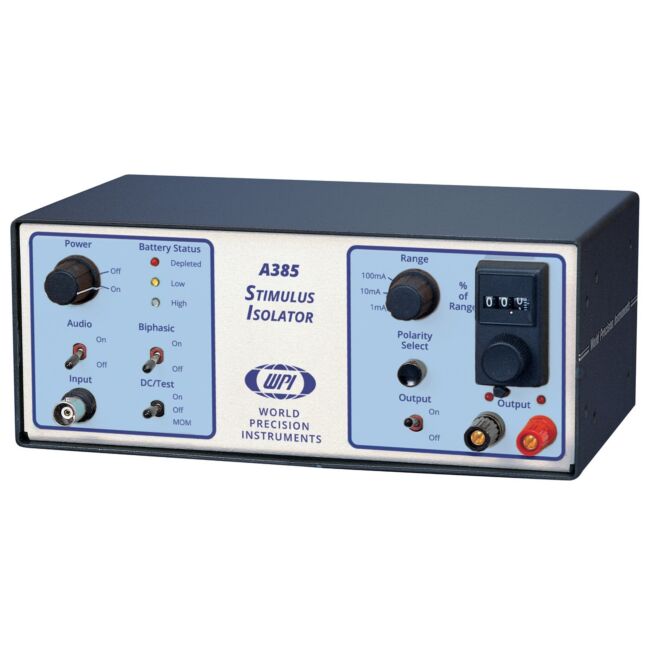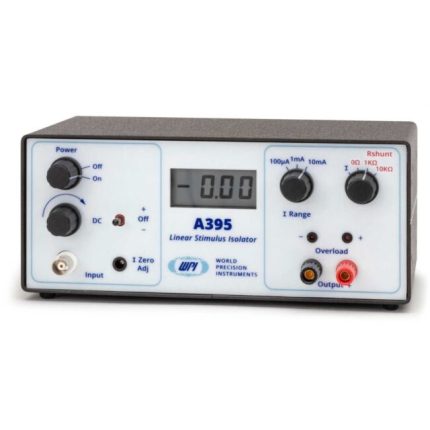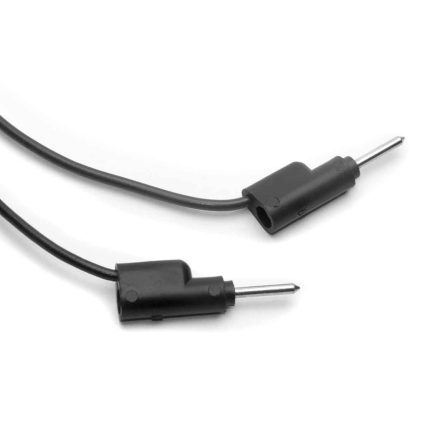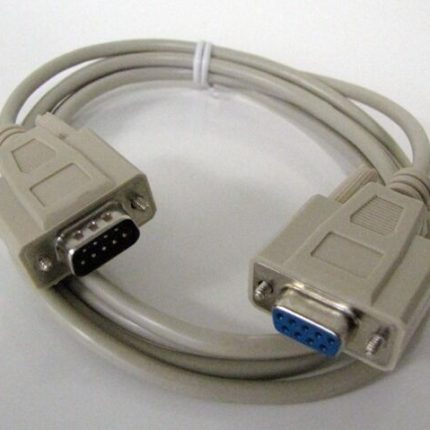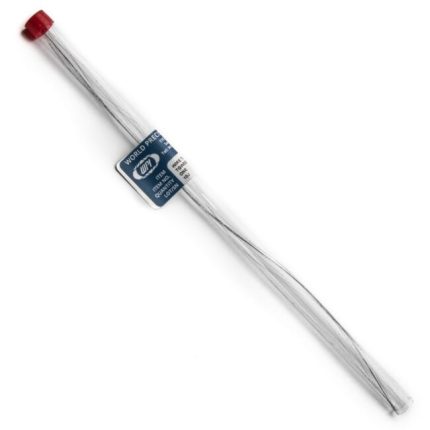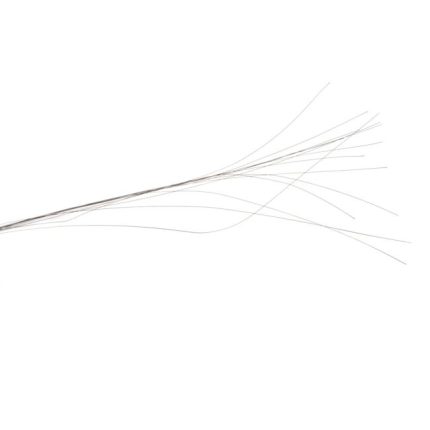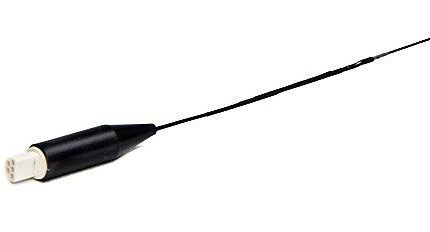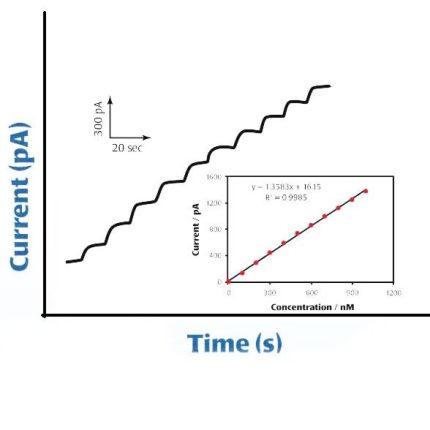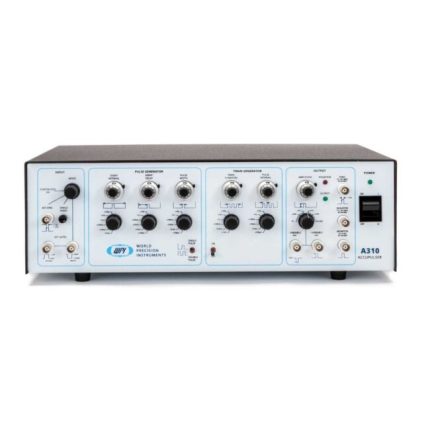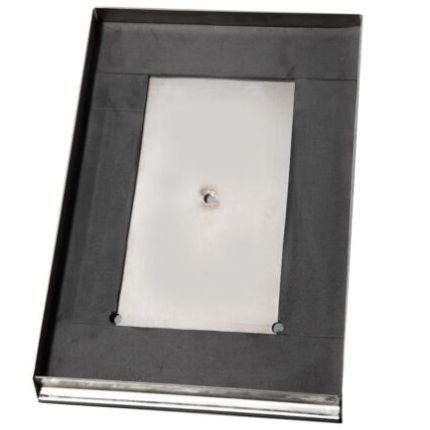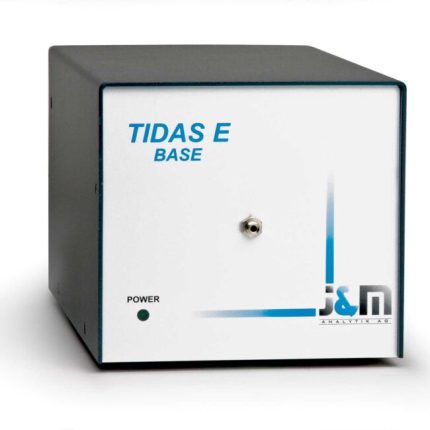| Options |
A385R WITH AN A382 BATTERY CHARGER, HIGH CURRENT ISOLATOR |
|---|
High Current Stimulus Isolator
The A385 is an optically isolated current source, which can generate up to 100 mA of unipolar or biphasic constant current pulses or DC. Pulse duration is controlled manually or by an external 5V command. Output current amplitude is determined by a 3-digit 10-turn potentiometer. Maximum output voltage between the stimulating electrodes is +36V.
Сatalog number:
N/A
Categories: Analyzers, Instruments/Platform, Stimulators, Stimulus Isolator
Additional information
Shipping & Delivery
Related products
ISO-NOPF Flexible Nitric Oxide Sensor
Analyzers, Amplifiers, Instruments/Platform, Free Radical Analyzers, Biosensors, Nitric Oxide Sensors
ISO-NOPF electrodes are available in 100 µm, 200 µm and 500 µm diameters. Utilizing the latest advances in nano-technology and material science, scientists at WPI’s Sensor Laboratory have created these completely flexible and virtually unbreakable NO sensors. The new sensors are based on a composite graphite NO-sensing element combined with a reference electrode. The surface of the sens
Single Channel Pulse Generator
The A310 pulse generator/stimulator combines the reproducibility and accuracy of digital electronics with the fine resolution and continuous adjustment possible with analog circuitry. All timing parameters are entered with high resolution, ten-turn potentiometers and six-position range switches. Timing is accurate to within 1% of the set value.
Euthanex Lid Gaskets
Tidas-E Base Series Photo Diode Array Spectrometer
WPI’s Tidas series is a high end fiber-optic spectrometer module designed for low noise applications. The Tidas series outperforms conventional bench-based spectrophotometers and CCD-based spectrometer modules, when it comes to high precision fiber optic sampling. It relies on a monolithic optical bench made by Zeiss, which is optimized for fiber optic applications. Most cuvette-based standard spectrometers lose more than 90% of light through expensive prism decoupling. The Tidas series is designed for fiber optic sampling cells. Using suitable light sources and sample cells, spectral detection in the wavelength range of 190 to 1100 nm can be performed at noise levels < 0.04 mAU peak to peak.

